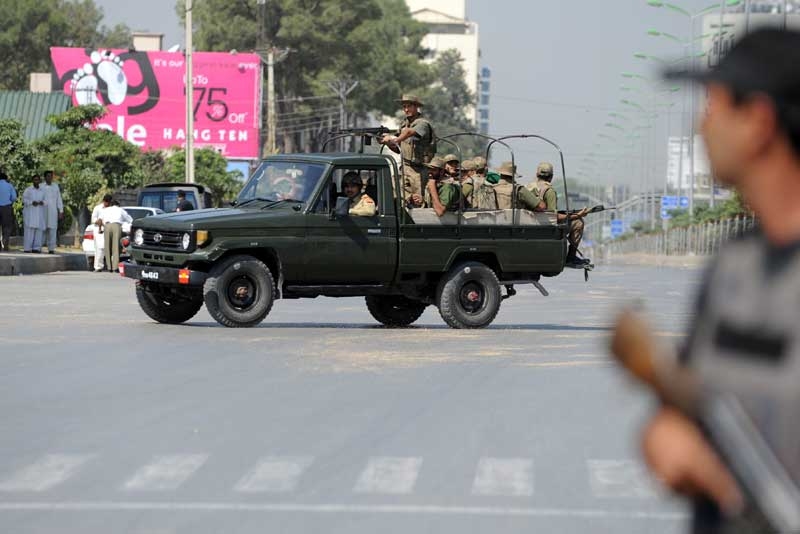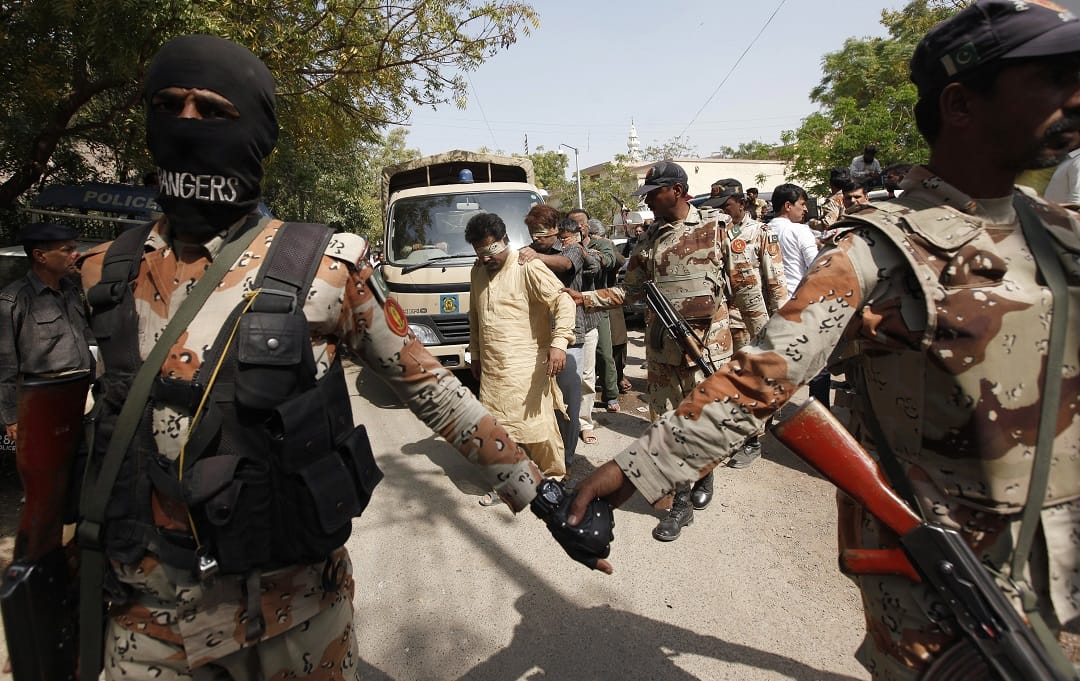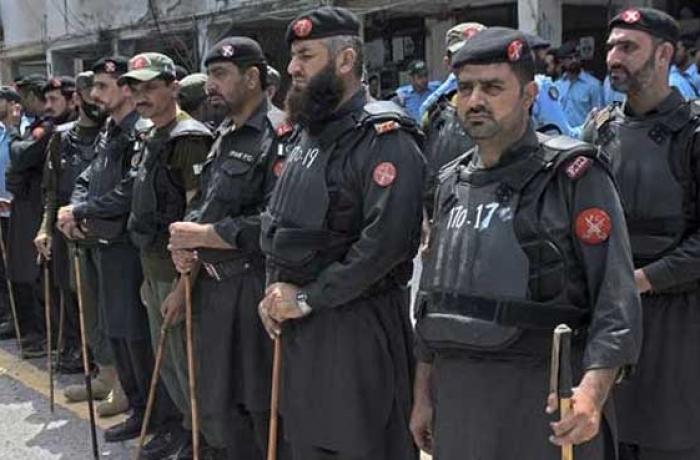Pakistan paramilitary headquarters strike raises concern after coordinated assault
Pakistan paramilitary headquarters in Peshawar faced a deadly assault that left three people dead and triggered heavy security deployment across the area. The attack took place in a busy zone near the military cantonment, where militants targeted the Frontier Corps base with a combination of blasts and gunfire. Security forces reacted immediately, sealing the area and beginning clearance operations.

Initial reports indicated that a suicide bomber detonated explosives at the entrance of the compound, followed by armed attackers attempting to gain entry. Two militants were killed in the exchange, and security teams moved in to prevent further escalation. Local officials confirmed that several explosions were heard before the firing began, signalling a planned and coordinated operation rather than a lone-wolf strike.
The attack occurred during the morning drill hours, when a large number of personnel were gathered in the open ground inside the headquarters. This timing increased the vulnerability of the site and shows that the militants had precise knowledge of the daily routine. Authorities stated that the building and surrounding area were immediately cordoned off to stop additional threats.
Pakistan paramilitary base hit during peak hours, pointing to deeper planning
A faction of the banned Tehreek-i-Taliban Pakistan, Jamatul Ahrar, claimed responsibility for the assault. The group has carried out multiple high-impact attacks in the past, often targeting security installations in urban zones. According to official sources, the first bomber struck the main gate, clearing the way for another attacker who attempted to enter the compound. The sequence matched tactics used in earlier militant operations in the region.

Eyewitness accounts suggested that chaos spread quickly through the area as sirens, gunfire, and smoke filled the surroundings. Social media updates from residents reported two major blasts before security forces began counter-measures. Local police confirmed that personnel were already assembled for routine training activities when the attack unfolded, making evacuation difficult.
The Frontier Corps headquarters is located in a densely populated belt of Peshawar, increasing both civilian risk and operational challenges for responding units. Because the location is close to key defence facilities, the strike is seen as a symbolic message aimed at undermining the state’s sense of control in an already tense environment.
Pakistan paramilitary strike adds pressure to security agencies amid rising militant activity
Authorities said the immediate priority was securing the perimeter and ensuring no additional explosives were planted. Investigators believe the attack was designed to test the response time and readiness of security forces. The choice of location and timing suggests a deliberate attempt to exploit gaps during high-density gatherings.

The incident adds to a series of recent security challenges across Pakistan’s northwest, where militant groups continue to operate through splinter cells. Analysts note that despite large-scale operations in the past, pockets of extremist networks still remain active and capable of coordinated strikes. Also Read: Ramaphosa Modi Meeting: Delightful Exchange at G20 Summit in Johannesburg
Pakistan paramilitary assault signals renewed aggression from TTP-linked groups
Security officials are expected to review protocols around major military and paramilitary bases following the strike. The presence of multiple attackers, use of explosives, and focus on a central headquarters indicates more than isolated violence. It points to a renewed pattern of coordinated attacks aimed at weakening state confidence.
View this post on Instagram
Conclusion
The Pakistan paramilitary headquarters attack marks another severe blow to Peshawar’s security environment. While the situation has been contained, the event highlights persistent militant threats and the need for tighter protection around critical installations.

